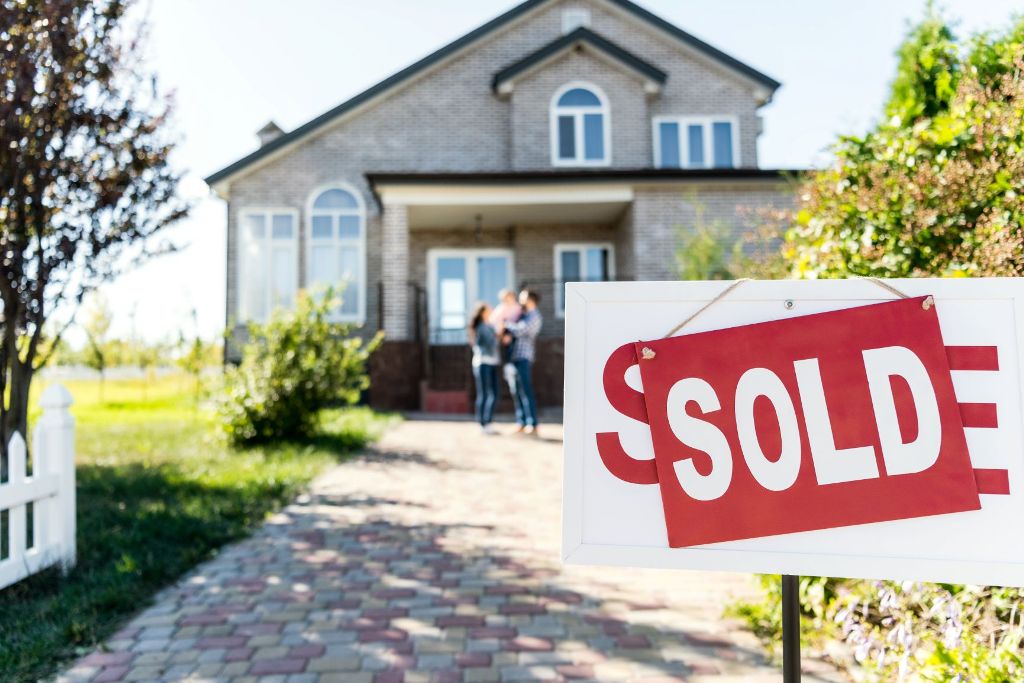Homeowners may sell a home for various reasons such as the need for extra space and the need to move to a new neighborhood. The transition between homes is often stressful for homeowners because they don’t want to hold two mortgages at the same time and need to minimize the stress involved in moving homes.
More homeowners are looking for physical and online platforms such as Four 19 Properties to sell their existing homes and buy new ones. However, concurrent home selling and buying only guarantee the closure of both deals at shorter intervals. Even the most experienced real estate agents can’t guarantee both deals will happen on the same day. This article discusses how you can sell and buy a house at the same time:
1. Choose An Experienced Real Estate Agent
A versatile real estate agent can help you determine the details of buying and selling, such as its timing, the market value of your existing home, selling strategy, and negotiation. An agent’s services can prove useful in getting the home sold on time and at the right price to finance your new home purchase.
Their insight is based on their understanding of the market which goes a long way in determining the right price. Don’t go with the word of a single agent; instead, review individual track records and interview multiple agents before employing any to determine the best fit for your urgent needs.
2. Know the State of Your Finances
Get a clear picture of how you’re doing financially with your mortgage lender. You should consult with your financial planner to know the most feasible property purchase value based on the equity you have left on your property.

Your equity amount can be obtained by deducting your mortgage debt from the current market value determined by your real estate agent. Try to know if you can proceed with your new home purchase with the equity because it won’t be available until you close a home sales deal. You’ll need to factor in the concession amount you need to give a prospective buyer on repairs because of the time constraints you have with executing the project’s repairs.
3. Evaluate the Market
The local housing market is a determining factor for the success of your home sale. One of the first things you need to do is determine whether you are in a buyer’s or seller’s market, which will help you rightly time the sale of your current home and the next purchase.
According to Zillow, a buyer’s market is determined by the availability of more homes than people are willing to buy, while in a seller’s market, more people are willing to buy homes than there are homes to buy. In either case, prices and the ease of closing a deal are dependent on the market conditions.
You should ensure to factor in the time it would take to close both deals if you’re buying a home in a different market condition from the one you are selling in.
4. Limit Your Contingencies in A Buyer’s Market
In a buyer’s market, it will be easier to buy your new home first. With the help of your agent, you can proceed to make a buying offer without a contingency to sell when your existing home sale is very close. A good sign your home sale will go through is if the lender fully approves the prospective buyer.
With your agent’s help in negotiations and the proof of the prospective buyer’s approval, you can convince the homeowner to sell to you without a contingency to sell. Instead, you’ll try to delay your new home purchase until your existing home sale goes through. This approach boosts your offer’s viability to the home seller and without a need to overprice the new property.

5. Plan for The Gap Period in A Sellers’ Market
You should proceed to sell your home first in a sellers’ market because it’s easier. Selling first is a great way to limit your financial risk because it eliminates the possibility of holding two mortgages and helps you determine your home sale’s net value.
You’ll be expected to move out immediately at closing, and that requires you to prepare for a temporary accommodation after selling. There are a couple of options for this such as rent-back agreement with your homebuyer, getting hotel accommodation, or hitching up with friends and family while most of your luggage can be kept in a storage unit.
Adding a contingency to sell in your buying offer can eliminate moving costs and stress by allowing you to move at once but with the disadvantage of having a weaker offer in competitive markets.
Conclusion
Home acquisition and sales can be a difficult process, especially when you’re under pressure to get both deals done quickly. With the help of an experienced real estate agent, you’ll know the right value for your existing home and the true state of your finances.
Evaluate if your existing market is a buyer’s or seller’s market, which will inform your next actions. Limit your contingencies in a buyer’s market to get the best home price and better offer viability. If you’re in a seller’s market, plan for the gap period between your home sale and buying a new one by adding a contingency to sell or obtaining a rent-back agreement from the homebuyer.






